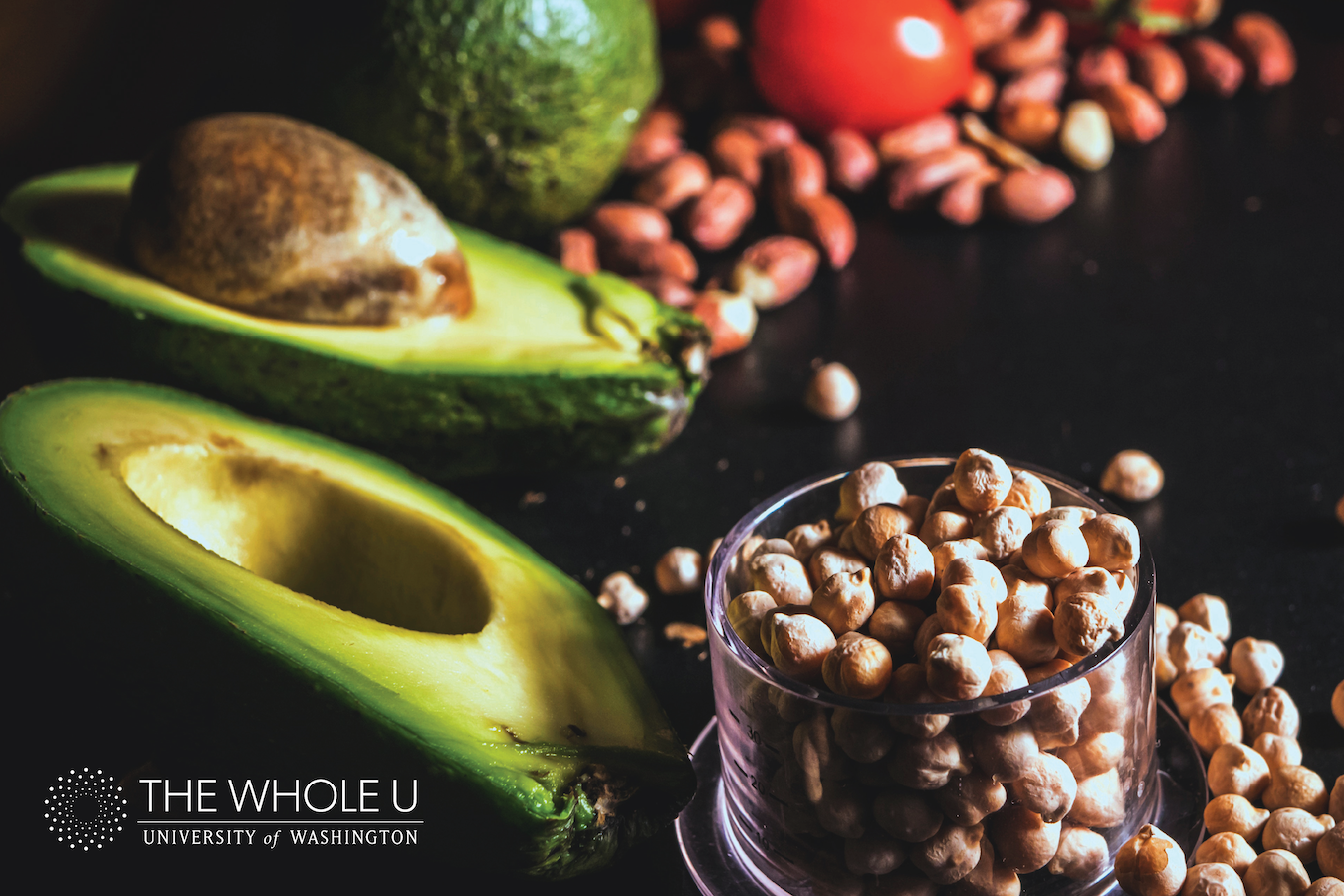
Snacking Smart to Power Your Day
A snack by definition is a small amount of food eaten between meals. When most people talk about snack foods, they are often referring to packaged foods like chips, cookies, crackers, or popcorn that you would find in the “snack foods” aisle at most grocery stores. Planned snacks can actually be a great opportunity to fill gaps in your diet with wholesome foods.
Aiming for snacks between small meals has many benefits
- Decreased cravings – When going more than 5 hours without food, you’ll find that EVERYTHING starts sounding good, making it more difficult to resist the drive-thru on the way home or the cookies in the break room.
- Fueled metabolism – Many people find that skipping too many meals and snacks leads to weight gain.
- Improved energy – Going too long without food can make us feel tired; small amounts can be a great pick-me-up.
- Blood sugar control – Snacks between meals can help prevent your blood sugar from getting too low and help to better manage diabetes.
What are healthy and TASTY snacks?
Aim to build in a fruit or vegetable to at least one of your snacks daily. Pair carbohydrate-rich foods (such as crackers, bread, or fruits) with a protein-rich food to stay satisfied longer. Here are 20 great ideas!
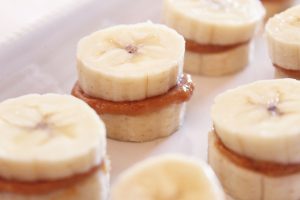 1. Hardboiled egg + orange
1. Hardboiled egg + orange
2. Apple + slice of cheese
3. Banana + Peanut butter
4. Edamame or soybeans, shelled
5. Jerky (beef, salmon, turkey)
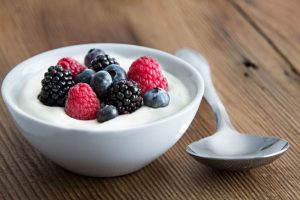
(Photo credit: Ozgur Coskun/Shutterstock)
6. Greek yogurt + berries
7. Trail mix or nuts + piece of fruit
8. Whole grain toast + nut butter
9. Protein drink or fruit smoothie w/protein powder added
10. Veggies + hummus or guacamole
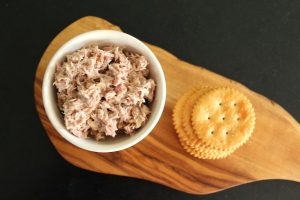
(Photo credit: Lauren Zembron)
11. Snap pea crisps or dehydrated beet chips
12. Small portion of leftover lunch (ex: 1 cup soup)
13. Crackers + canned chicken/tuna
14. Avocado w/mashed boiled egg
15. Celery + peanut butter + raisins
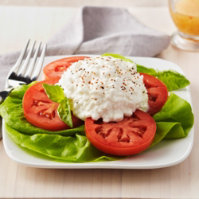 16. Roasted chickpeas (homemade or store bought)
16. Roasted chickpeas (homemade or store bought)
17. Cottage cheese + tomato or peach slices
18. Fruit and Nut bars
18. Turkey slices + cheese rolled in lettuce
20. Smoked salmon + cream cheese rolled in nori (seaweed)
*The amount of food your body needs at snack time will depend on your overall calorie needs
The key to smart snacking is to plan ahead and know what snacks you are going to have for the day. If you’re often on the go, try packing a small cooler bag. This idea will allow for a greater variety of options. Keep some shelf stable snacks in your car, desk drawer, and purse so you always have something healthy on hand!
 Vanessa Imus, MS, RD, CD, is a Registered Dietitian providing nutrition education and counseling to patients at the University of Washington Weight Loss Management Center. She enjoys being active through running, hiking, exercise classes or dance games, and chasing her toddler. Her favorite past time is dreaming about and planning vacations.
Vanessa Imus, MS, RD, CD, is a Registered Dietitian providing nutrition education and counseling to patients at the University of Washington Weight Loss Management Center. She enjoys being active through running, hiking, exercise classes or dance games, and chasing her toddler. Her favorite past time is dreaming about and planning vacations.
2 Thoughts on “Snacking Smart to Power Your Day”
On January 24, 2019 at 7:06 PM, Elizabeth Brown said:
I just read in the N Y Times how dangerous preserved and smoked meats–like jerky–are and now it’s recommended here? no wonder we’re all confused!
On January 25, 2019 at 1:57 PM, Matthew Leib said:
Elizabeth, thanks for your inquiry. We brought your comment to the attention of the post’s author, RD Vanessa Imus, and she provided this clarifying reply:
“With all foods, there is going to be a spectrum of ultra healthy to unhealthy. The idea is to find what works best for you within that range. A typical serving of jerky is about 1 ounce, which, on occasion, would serve as part of a satisfying snack in lieu of the unplanned donut in the office or the slice of pizza from the cafeteria. The idea is to provide “healthier” options to the typical potato chips, fast foods, candy bars, pastries, and loaded coffee drinks that people are consuming as snacks.”
Given your and others’ interest in research surrounding the drawbacks of preserved and/or processed meats, this is a topic we will consider covering in a future post.
Comments are closed.